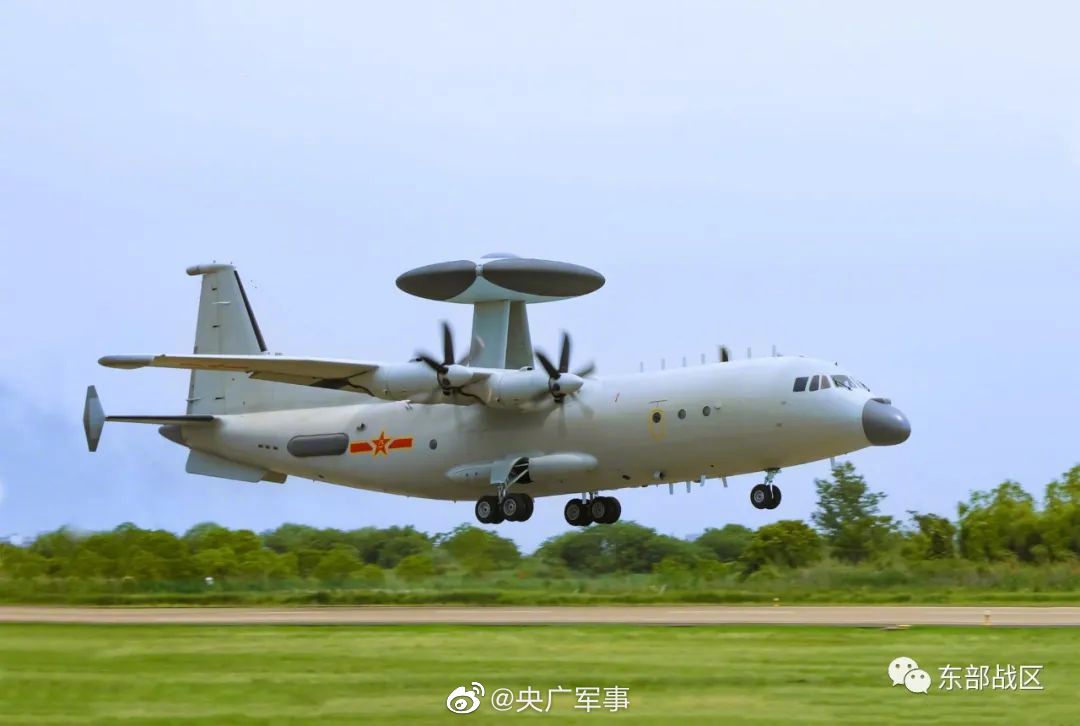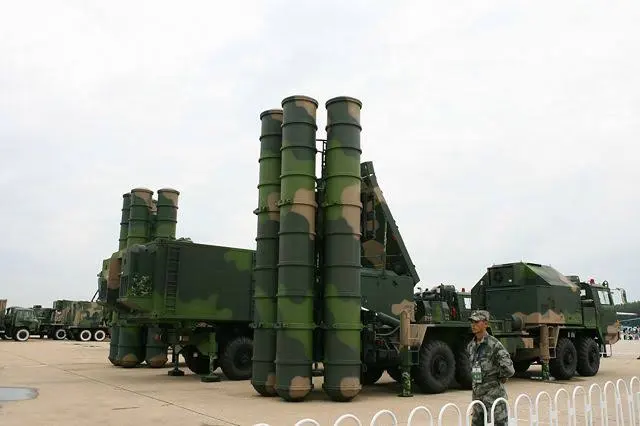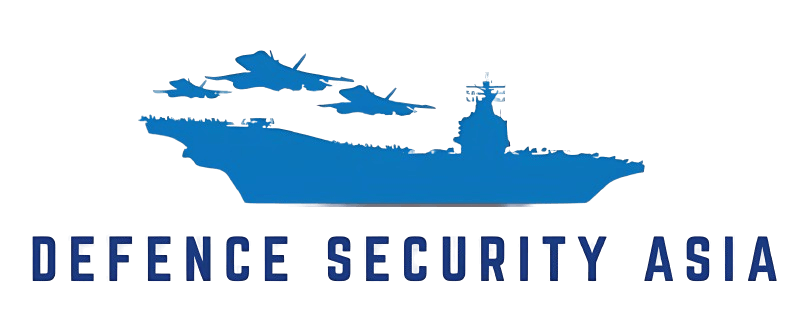Pakistan’s “Clear-Cut Victory” Over India on May 7 Marks Rise of Chinese-Backed Aerial Supremacy
Professor David Des Roches of the Pentagon’s Near East South Asia Centre for Strategic Studies stated that Pakistan is “clearly riding a wave” following its tactical success over what had long been perceived as a technically superior adversary.
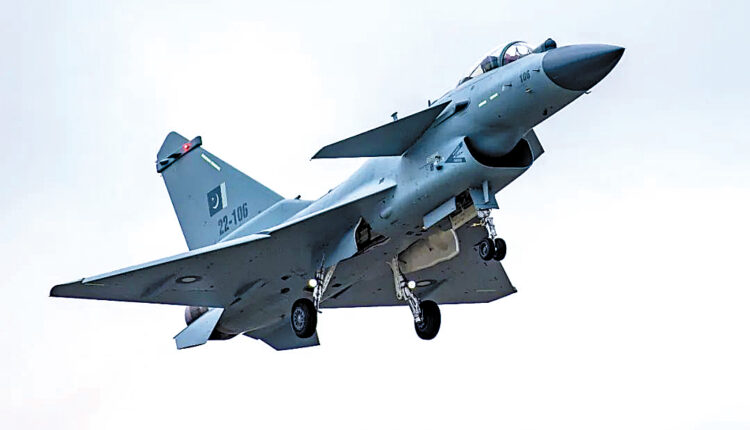
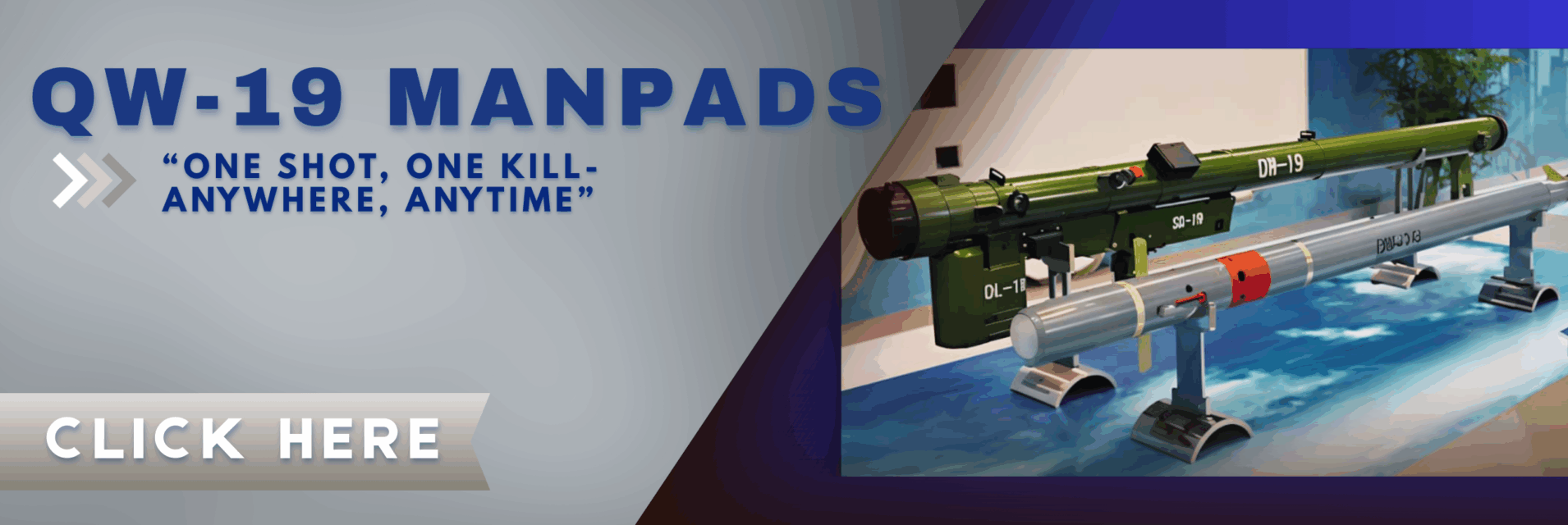
(DEFENCE SECURITY ASIA) — Pakistan’s military has reportedly secured what experts are calling a “clear-cut victory” over India, following the successful shootdown of multiple Indian Air Force (IAF) warplanes—including at least one French-built Rafale—during a large-scale Indian aerial assault on May 7.
This unprecedented success was described by South China Morning Post (SCMP) in the article published several days ago as a significant operational win for Pakistan, marking a turning point in the strategic air balance of South Asia.
In a stunning military development that is rapidly reshaping the strategic calculus of South Asia, Pakistan has reportedly scored a definitive aerial victory over India by downing multiple Indian Air Force (IAF) aircraft—including at least one French-built Rafale jet—during a massive attempted incursion on May 7.
This watershed moment in regional military dynamics was described by SCMP as a “clear-cut victory” for Islamabad, marking a significant shift in the air power equation between two nuclear-armed rivals.
Professor David Des Roches of the Pentagon’s Near East South Asia Centre for Strategic Studies stated that Pakistan is “clearly riding a wave” following its tactical success over what had long been perceived as a technically superior adversary.
“They think they now have a solution to their lack of strategic depth in a future war with India,” said Des Roches, who previously served as the U.S. Department of Defense’s senior country director for Pakistan.
A report from China Space News, a state-linked defence publication, credited Pakistan’s battlefield edge to the integrated deployment of Chinese-made J-10C multirole fighters and co-developed JF-17 Block III jets, both equipped with advanced PL-10 and PL-15 air-to-air missiles.
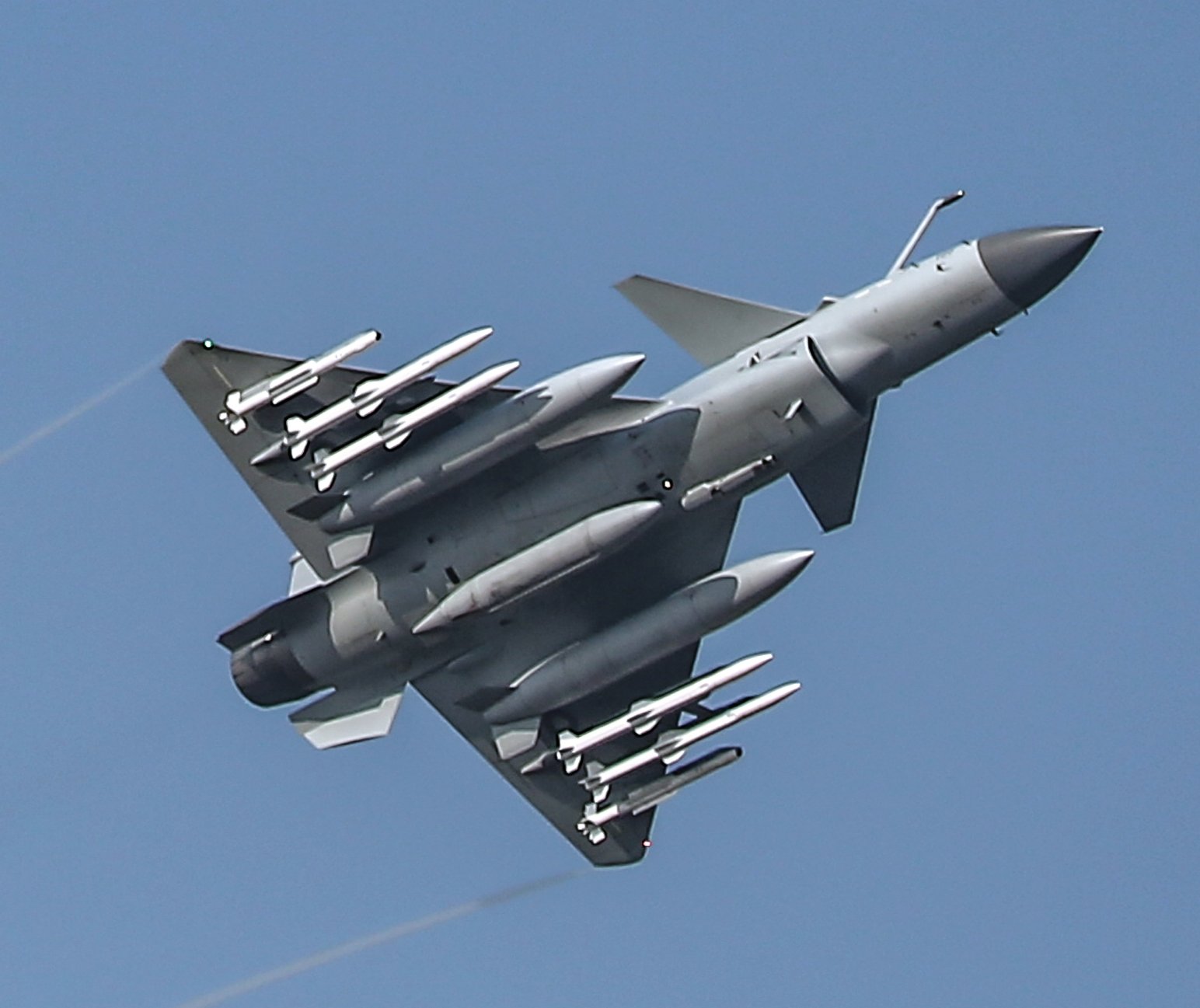
At the core of this aerial supremacy lay China’s “ABC” data-link network, which allowed Pakistan’s HQ-9 radar systems to relay targeting data to airborne platforms without requiring Pakistani fighters to activate their own radars—preserving their stealth profile during engagement.
Target acquisition and fire control were instead outsourced to the Saab Erieye AEW&C aircraft operating at standoff range, enabling a silent but deadly beyond-visual-range (BVR) kill chain that left Indian aircraft exposed and vulnerable.
This tactic of distributed engagement is now being hailed as a landmark implementation of real-world network-centric warfare by a non-Western military using Chinese-supplied platforms.
Walter Ladwig, an associate professor of international relations at King’s College London, noted that the ABC system demonstrated an operational model long pursued by NATO—seamless integration of sensors, shooters, and command nodes into a unified targeting ecosystem.
“What’s remarkable here is that Pakistan, relying primarily on Chinese-built systems, appears to have operationalized this networked warfare concept in real-world combat,” said Ladwig.
He emphasized that China’s provision of a cost-effective, tightly integrated suite of aircraft, sensors, and missiles to Pakistan represents a strategic enabler rarely available to emerging air forces at this scale.
Last week, the Pakistani government announced that it would procure a major package of advanced military systems from China, including the fifth-generation stealth-capable J-35A fighter jets, the long-range HQ-19 anti-ballistic missile system, and the KJ-500 AEW&C platform—signalling deepening strategic defence ties between Islamabad and Beijing.
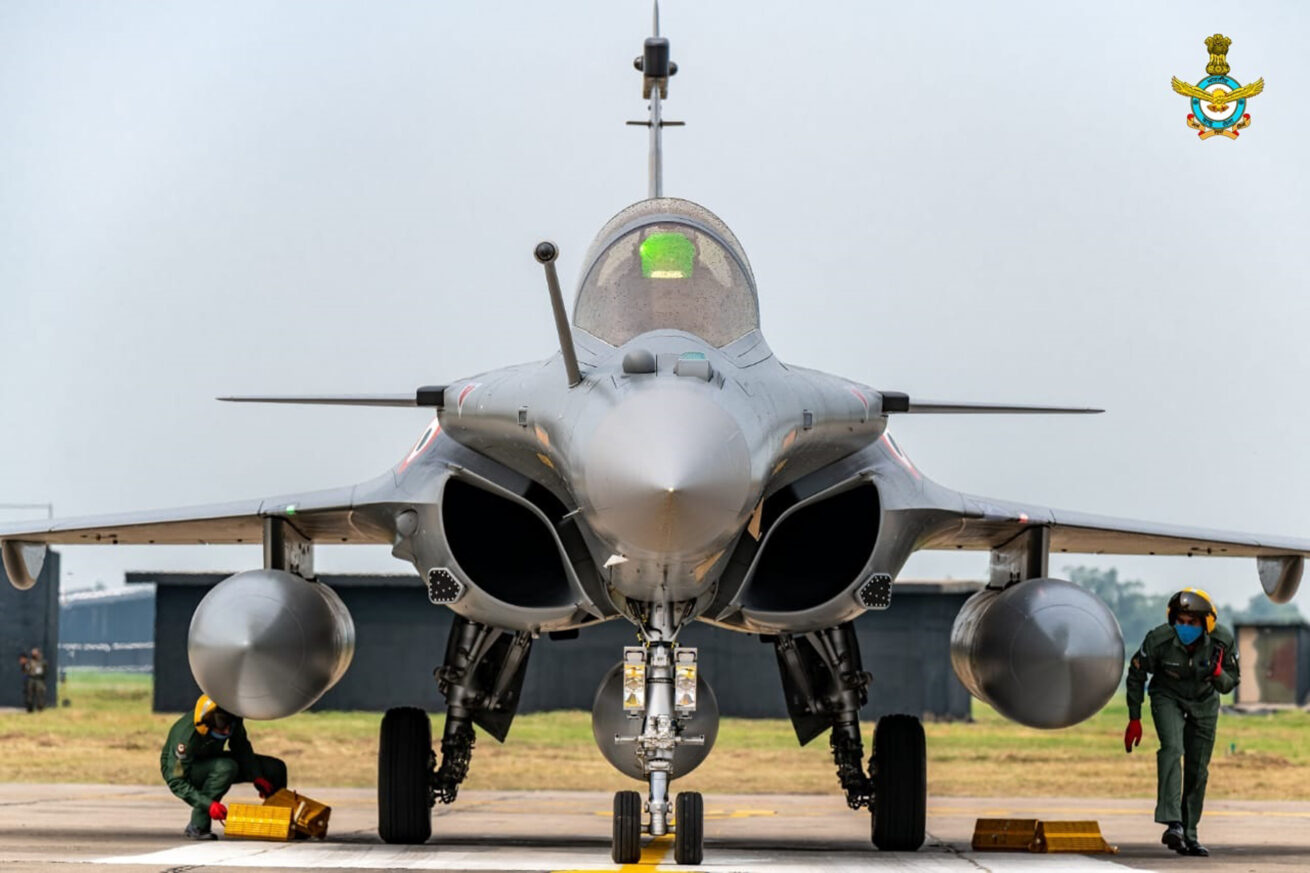
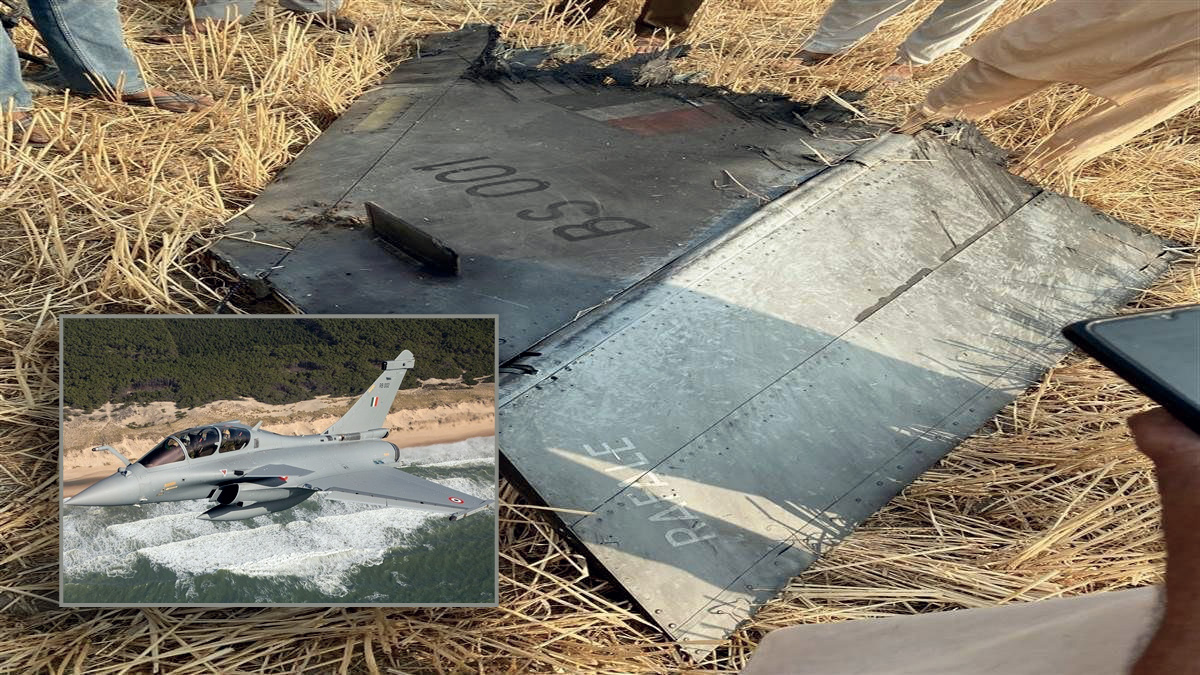
This suite of high-tech systems—often compared to the U.S. F-35, THAAD, and E-3 Sentry—has the potential to elevate Pakistan’s air and missile defence capability to peer-level status, fundamentally altering the regional balance of power.
The Pakistani government lauded the package as a major diplomatic and defence breakthrough, stating, “This Chinese military package for Pakistan marks a significant diplomatic and defence milestone under the leadership of Prime Minister Shehbaz Sharif. High-tech defence assets will exponentially elevate the Pakistan Air Force’s capabilities and missile defence posture in accordance with the demands of modern high-intensity warfare.”
Pakistan’s procurement from China includes the J-35A, a fifth-generation stealth fighter designed for superior air dominance; the HQ-19, a long-range anti-ballistic missile system capable of intercepting high-altitude threats; and the KJ-500, an advanced AEW&C aircraft providing airborne surveillance, early warning, and battle management in contested airspaces.
The overall estimated cost of Pakistan’s procurement package from China—which includes J-35A stealth fighters, HQ-19 anti-ballistic missile systems, and KJ-500 AEW&C aircraft—is likely to range between $1.5 billion to $2 billion, depending on quantities, configurations, and support systems included in the deal.
Analysts note that Pakistan’s strategic pivot toward a fully Chinese-backed military infrastructure streamlines interoperability while aligning the country more closely with Beijing’s long-term regional ambitions.
Although this transformation may marginalize long-serving Western platforms such as the F-16, the shift is as much about geopolitical allegiance as it is about technical efficiency, according to Ladwig.
“That’s not merely a technical matter—it signals which military-industrial ecosystem Pakistan is committing to for the next decade,” he said.
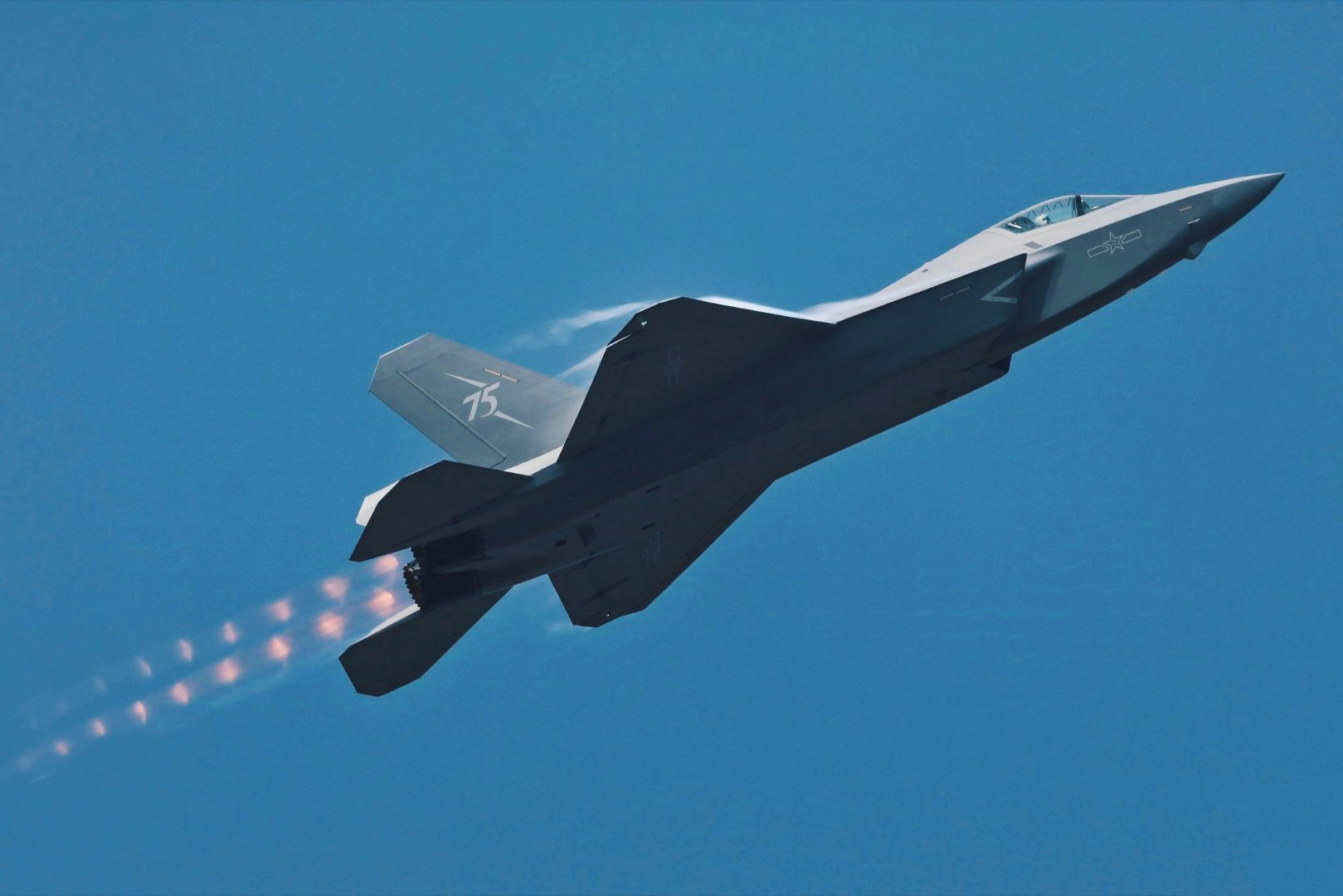
In an interview with This Week In Asia, Ladwig warned that China’s rapid export of next-generation stealth jets, radar aircraft, and missile defence systems to Pakistan is not just transactional—it’s strategic messaging aimed squarely at India.
“Beijing is embedding advanced Chinese military technology along India’s western flank, raising escalation risks and complicating India’s conventional deterrence posture,” Ladwig cautioned.
Despite repeated assertions from Chinese officials that Beijing remains neutral in the India-Pakistan equation, Ladwig asserted that this extensive military cooperation would undoubtedly be perceived in New Delhi as further evidence of China underwriting Pakistan’s military posture.
He added that this latest episode “confirms a broader pattern” in which China deliberately imposes strategic pressure on India while maintaining diplomatic deniability—eroding trust and narrowing the space for meaningful trilateral dialogue.
“That calculus severely limits the space for genuine dialogue between South Asia’s two largest powers and cements mistrust as the dominant geopolitical current,” said Ladwig.
However, experts also warned that equipment alone does not automatically guarantee supremacy on the battlefield.
Benjamin Jensen, a senior fellow in defence and security at the Centre for Strategic and International Studies in Washington, emphasized that the full realization of modern combat power requires years of doctrinal development and training.
